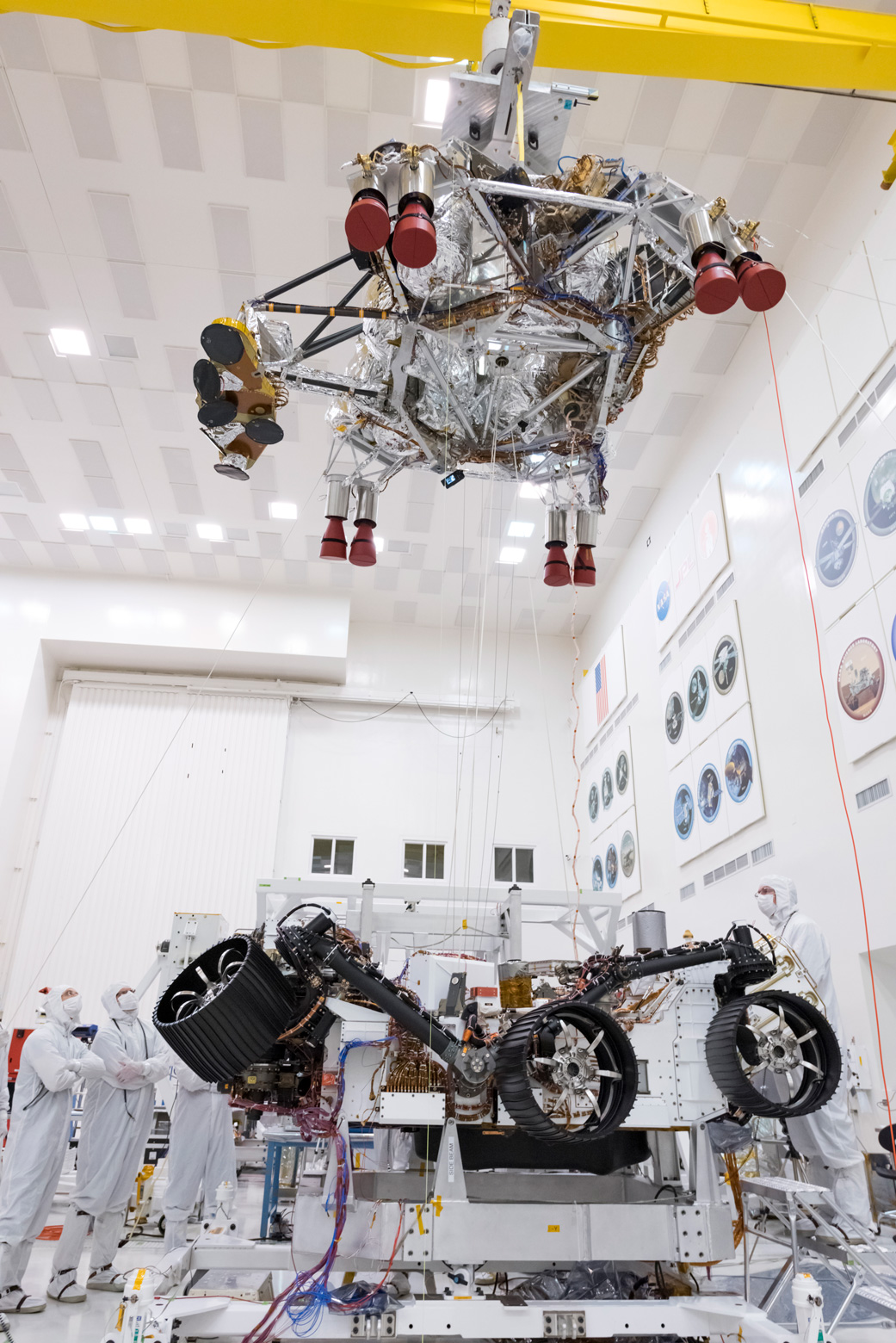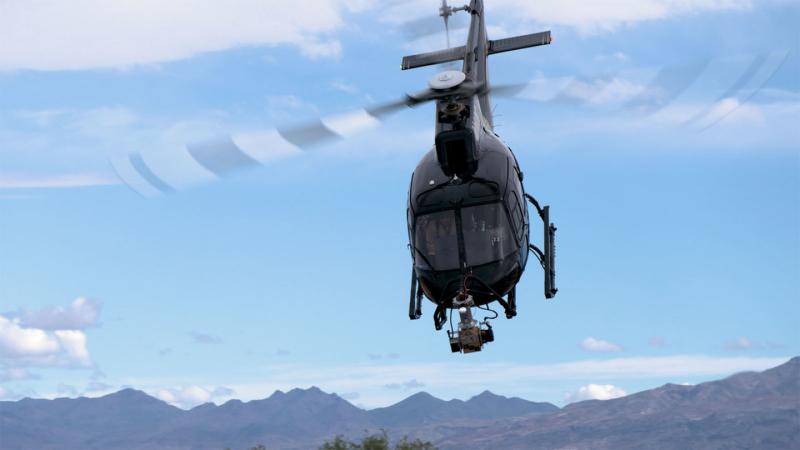Here’s an example of the crazy lengths NASA goes to land safely on Mars

If all goes well, the Mars 2020 mission will launch toward the Red Planet next July. Then, after a six-month cruise to Mars, a lander carrying a 1-ton rover will detach from the spacecraft and attempt to make a soft landing in an ancient lake bed named Jezero Crater .
Most likely, it will all go well despite the enormous challenge of safely sending spacecraft to Mars. Historically, about 50% of missions have failed. But NASA has gotten pretty good at this stuff, and there's a reason for that. The agency works really hard at getting all of the details right.
Probably the most challenging part of the Mars 2020 mission involves putting the rover on the ground. It is true that NASA performed pretty much the same landing profile in August 2012 with the similarly sized Curiosity rover. However, there is one key difference—whereas Curiosity sought a safe landing site in the relatively smooth terrain of Gale Crater, the Mars 2020 mission will land in a more sporty location with boulders and other hazards.
To increase the odds of success, therefore, the Mars 2020 mission will have an added technology called Terrain Relative Navigation, essentially an autopilot. And this autopilot has been meticulously developed. An engineer named Andrew Johnson at NASA's Jet Propulsion Laboratory in California has spent most of the last 15 years working on the technology that will guide the 2020 spacecraft's flight for just 10 seconds.
"These 10 seconds may make the difference in whether we land safely on Mars or not," said Johnson, who is responsible for the lander's vision system.
How it works
At 4.2km above the surface, as the lander is descending under parachute power, an on-board computer begins to rapidly take pictures of the Martian surface. Each image has a resolution of 6 meters per pixel, and the landing system is looking for features such as craters, cliffs, and large boulders to compare against previously captured orbital imagery. After the on-board computer has made 15 landmark "matches," it switches to a higher-resolution mode to fine-tune the landing positioning. Previously, a lander could estimate where it was on Mars to within about 3km. The new vision system seeks to bring this error down to 40 meters.
There's about a 10-second period in this sequence during which the on-board computer must assess the high-resolution imagery, calculate the expected landing position, compare this location to satellite imagery of the Martian surface, and determine whether to alter the vehicle's course. All of this must be done before the separation of the back shell, after which a rocket-powered diversion of up to 600 meters would no longer be possible.
 On Sept. 28, 2019, engineers and technicians working on the Mars 2020 spacecraft at NASA's Jet Propulsion Laboratory in Pasadena, California, look on as a crane lifts the rocket-powered descent stage away from the rover after a test.
On Sept. 28, 2019, engineers and technicians working on the Mars 2020 spacecraft at NASA's Jet Propulsion Laboratory in Pasadena, California, look on as a crane lifts the rocket-powered descent stage away from the rover after a test.
NASA
Making all of this work requires both new hardware, including a "vision compute element," as well as a lander camera. And writing the software and creating algorithms for all of this has taken a long time, but Johnson knows the system must work. There are no do-overs. "This is what will allow us to land in a site of high scientific interest, like Jezero Crater," Johnson said.
Without the landing vision system, the rover would most likely still make it to Mars. There is about an 85% chance of success. But this is nowhere near good enough for a $2 billion mission. With the landing camera and software Johnson has led development of, the probability of success increases to 99%.
Test program
NASA, of course, can't test the landing vision system on Mars, so it has turned to the next best thing—the Mojave National Preserve and Death Valley. Johnson and other engineers developed a test program and, in April and May, participated in a series of drop tests to simulate landing on Mars, where the vision system has observed Mars-like terrain such as Kelso Dunes.
Working with Pursuit Aviation, Johnson would fly in a helicopter up to 5km above the Earth's surface, with the vision system attached to the front of the vehicle to take and process images. The vision system has flown more than 600 simulated Mars landings, and it has performed well in terms of identifying its location, assessing hazards, and finding safe landing sites.
"It's pretty incredible to watch these guys work," said John Tamburro, a pilot for the aviation company that flew the Airbus H125 helicopter used for the tests. " They dedicate their lives to this. It's incredible that Andrew has been on this project for 15 years. They are all in.
 Article is LOCKED by moderator [smarty_function_ntUser_get_name: user_id or profile_id parameter required]
Article is LOCKED by moderator [smarty_function_ntUser_get_name: user_id or profile_id parameter required]






Another snippet of AI development.
This software will end up in uses somewhere else eventually.
Absolutely it will, too bad NASA can't profit from it's creations
I suggest that you delete, remove, or whatever else any comment made by Catwilly. I thought "movies" might show more of NASA. It is freaking link to Ron Jeremy and penis products.
Catwilly has been shredded & incinerated by the RA, lol.
Google Ron Jeremy
That is why I alerted her the moment I discovered it.
I was curious on what the new rover looked like.
https://arstechnica.com/science/2019/10/heres-an-example-of-the-crazy-lengths-nasa-goes-to-land-safely-on-mars/?utm_source=pocket-newtab
I guess if it isn't broke don't fix it. Just make it bigger to get over rougher terrain.
Picture of the landing site, note the apparent path of what appears to be an ancient river bed through the mountains with a delta
spilling out across the plains below.
I'm guessing that the Jezero Crater is in the center of the delta